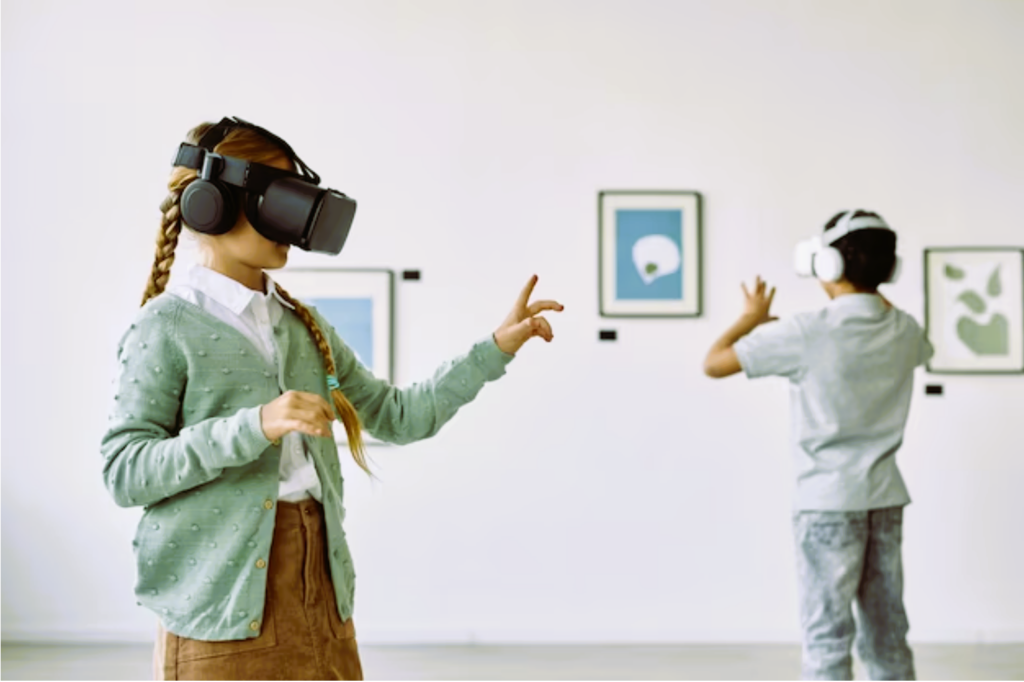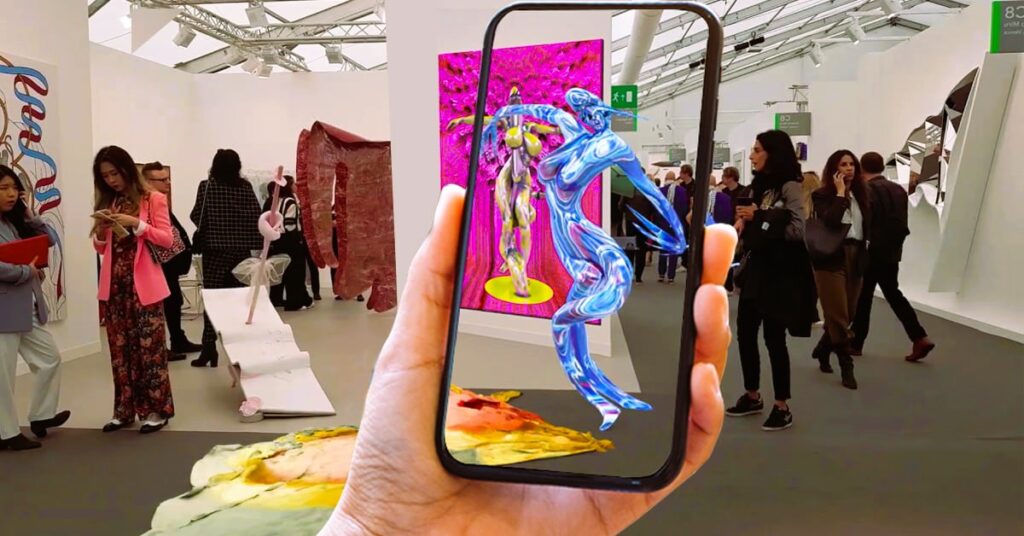In recent years, virtual and augmented reality (VR and AR) technologies have gained significant traction in the exhibition industry, offering new opportunities for exhibitors to create immersive and engaging experiences for attendees. From virtual product demonstrations to augmented reality scavenger hunts, VR and AR have the potential to transform the way exhibitions are designed, experienced, and remembered. In this article, we’ll explore the opportunities and challenges of using virtual and augmented reality at exhibitions and how exhibitors can harness these technologies to their advantage.
Opportunities
1. Enhanced Engagement
One of the primary benefits of using VR and AR at exhibitions is their ability to enhance engagement and interaction with attendees. By immersing attendees in virtual environments or overlaying digital content onto the physical world, exhibitors can captivate audiences and create memorable experiences that leave a lasting impression. VR and AR can be used to showcase products, demonstrate features, and tell compelling stories in ways that traditional displays cannot.
2. Personalized Experiences
VR and AR technologies enable exhibitors to deliver personalized experiences tailored to the preferences and interests of individual attendees. Through interactive interfaces and dynamic content, exhibitors can allow attendees to explore products, services, and information at their own pace and in their preferred format. Personalization enhances engagement and fosters a deeper connection between attendees and exhibitors, increasing the likelihood of conversion and brand loyalty.

3. Cost Savings
While implementing VR and AR technologies may require upfront investment, they can ultimately result in cost savings for exhibitors in the long run. Virtual product demonstrations, for example, eliminate the need to transport physical products to exhibitions, reducing shipping costs and logistical challenges. Additionally, VR and AR can extend the reach of exhibitions beyond physical venues, allowing exhibitors to connect with attendees worldwide without the need for travel or accommodation expenses.
4. Data Analytics
VR and AR platforms provide exhibitors with valuable data and insights into attendee behavior, preferences, and engagement patterns. By tracking interactions within virtual environments or augmented reality experiences, exhibitors can gather real-time feedback and analytics to inform decision-making and optimize future exhibitions. Data analytics enable exhibitors to measure the effectiveness of their VR and AR initiatives, identify areas for improvement, and refine their strategies over time. Did you like the article? Read also about promoting your exhibition using social networks.
Challenges
1. Technical Complexity
Implementing VR and AR technologies at exhibitions can be technically complex and require specialized expertise in hardware, software, and content development. Exhibitors may encounter challenges related to device compatibility, network connectivity, and user interface design, which can impact the usability and effectiveness of VR and AR experiences. Overcoming technical hurdles may require collaboration with experienced technology partners or vendors.
2. User Adoption
While VR and AR offer exciting possibilities for engagement, not all attendees may be familiar with or comfortable using these technologies. Exhibitors may face challenges in educating and encouraging attendees to participate in VR and AR experiences, especially if they are unfamiliar with the technology or hesitant to try new things. Providing clear instructions, demonstrations, and incentives can help overcome barriers to user adoption and increase participation rates.
3. Content Creation

Creating compelling and engaging content for VR and AR experiences requires creativity, expertise, and resources. Exhibitors must develop high-quality 3D models, animations, and interactive elements that effectively communicate their brand message and resonate with their target audience. Content creation can be time-consuming and costly, especially for exhibitors with limited experience or budget constraints. Outsourcing content creation to experienced agencies or freelancers may be necessary to ensure professional results.
4. Hardware Limitations
The success of VR and AR experiences at exhibitions is dependent on the availability and performance of compatible hardware devices. Exhibitors may face challenges in providing sufficient hardware resources to accommodate a large number of attendees or ensuring compatibility with a wide range of devices and operating systems. Hardware limitations such as battery life, processing power, and display quality can also impact the user experience and detract from the effectiveness of VR and AR initiatives.
Conclusion
Virtual and augmented reality technologies offer exciting opportunities for exhibitors to create immersive and engaging experiences at exhibitions, enhancing engagement, personalization, cost savings, and data analytics. However, implementing VR and AR at exhibitions also presents challenges related to technical complexity, user adoption, content creation, and hardware limitations. By understanding these opportunities and challenges and adopting a strategic approach to implementation, exhibitors can harness the full potential of VR and AR to captivate audiences and achieve their objectives at exhibitions.
For more information on using virtual and augmented reality at exhibitions, visit Wikipedia.
